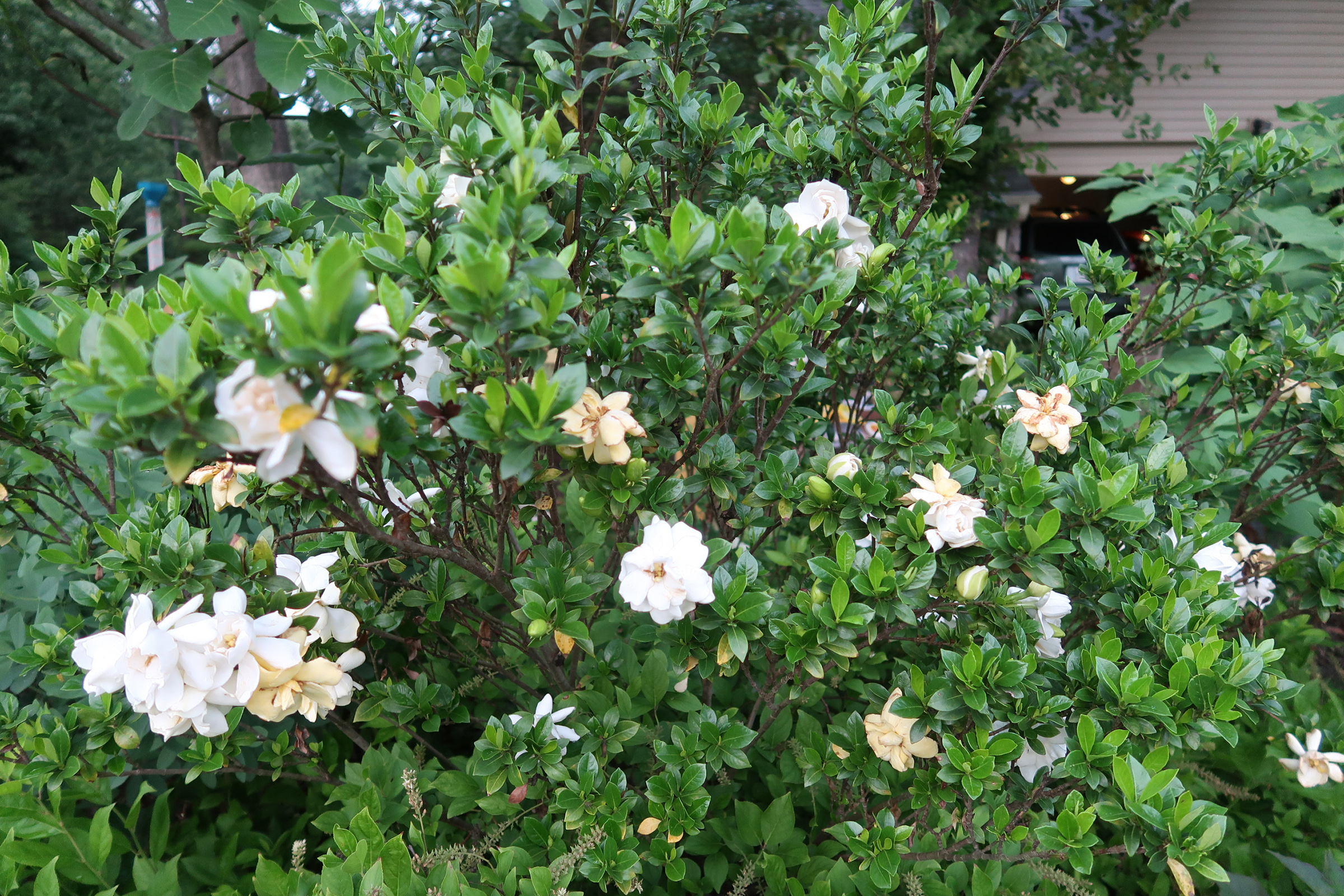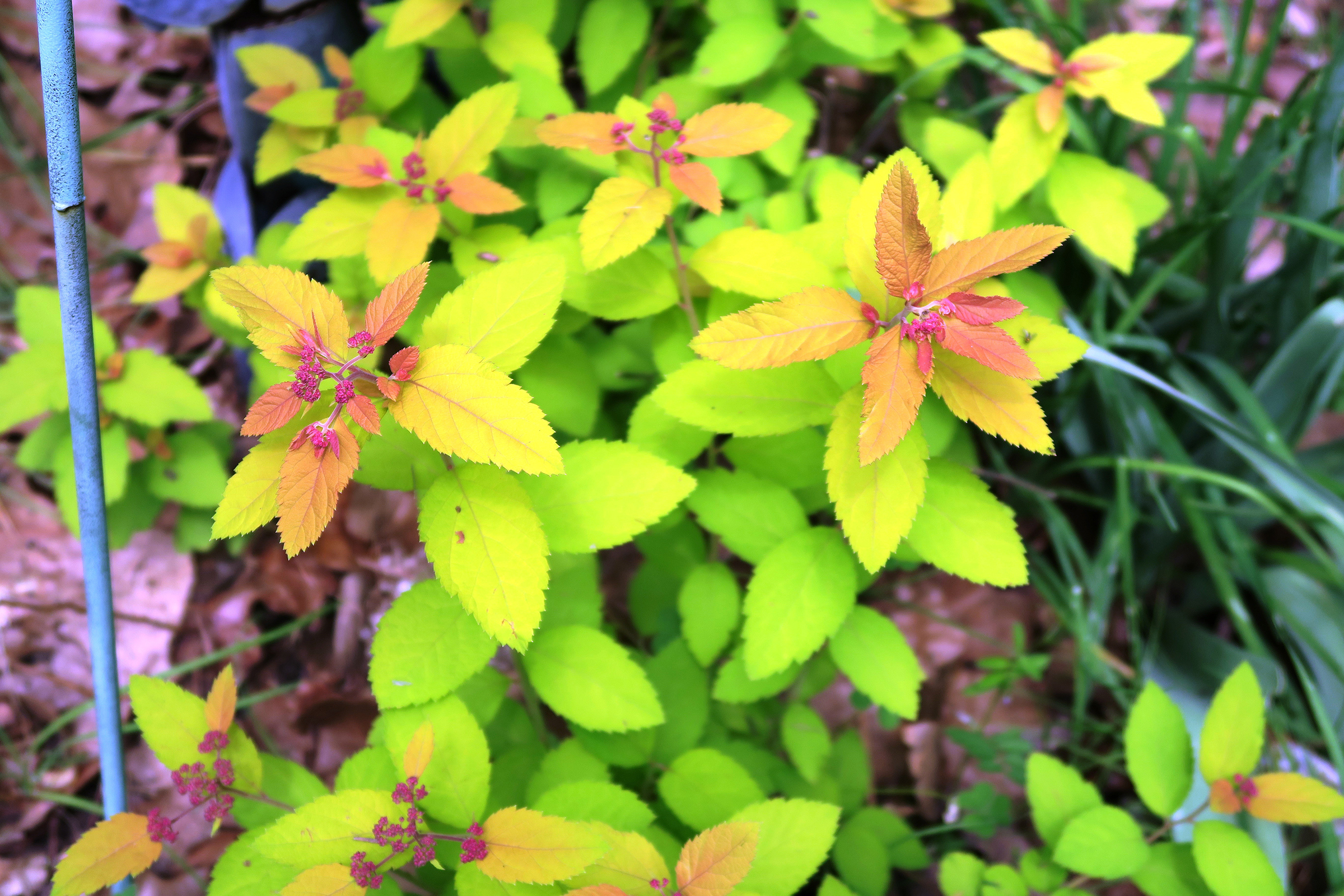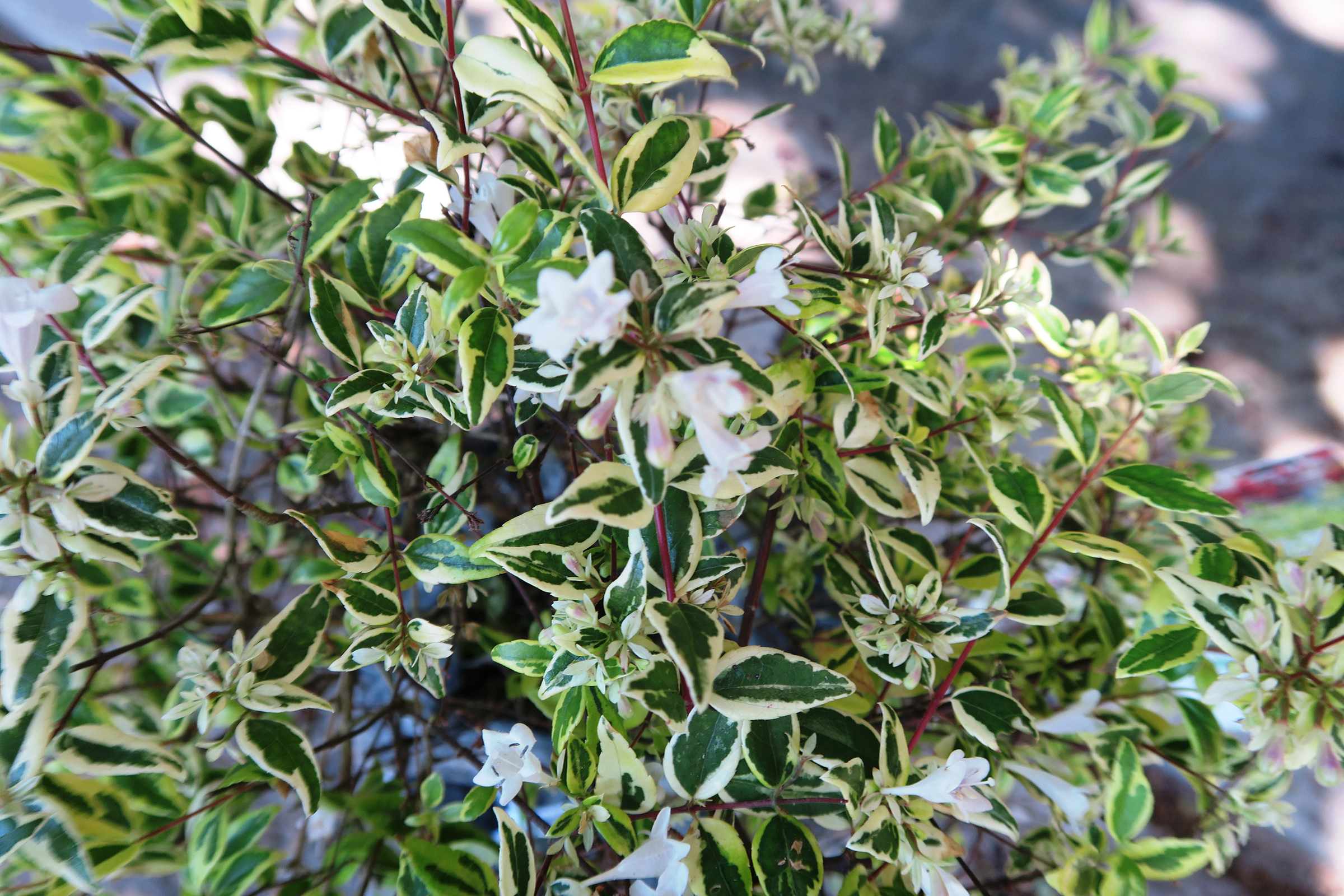The backbone for a landscape is the trees and shrubs that form it. When choosing shrubs for a landscape think seasonality. We want to have something blooming in every season — not just a show of color from azaleas in the spring.
Summer is the time to take inventory of your garden and make sure you have summer-blooming shrubs. There are plenty of options.
HYDRANGEAS
Hydrangeas have never been more popular, and every year we get new varieties.
The big leaf hydrangeas are putting on a show right now with large mophead or lacecap blooms in shades of pink or blue. Oakleaf hydrangeas also have been in bloom a while, with large white blooms that will fade to tan; and the smooth and panicle hydrangeas are budding or just beginning to show some color.
While most hydrangeas prefer an eastern or northern location with some protection from the hot afternoon sun, the newer panicle forms thrive in full sun. Hydrangeas are not considered drought tolerant, so don't forget to water them.
Big leaf and oakleaf hydrangeas set their flowers in the fall before they go dormant, and so they bloom on old wood. They should only be pruned after they flower. The smooth and panicle forms bloom on the new growth and can be pruned as needed before growth begins.
 Gardenias are loaded with fragrant white flowers in June. (Special to the Democrat-Gazette/Janet B. Carson)
Gardenias are loaded with fragrant white flowers in June. (Special to the Democrat-Gazette/Janet B. Carson)
GARDENIAS
Gardenias are also showing off now, and their fragrance gives them an added boost. Who doesn't want fragrance as well as color?! These shrubs are loaded with flowers and buds.
This warm-climate favorite is only reliably hardy in the southern three-quarters of the state, but hardier versions are on the market. Morning sun and afternoon shade are best for the older varieties, while the newer Jubilation variety will grow well in full sun or partial shade.
Blooms on the single varieties, like Daisy, last only a few weeks, while many of the newer varieties bloom early and then repeat later in the summer.
[Gallery not displaying? Click here to view: arkansasonline.com/618shrub]
ROSE-OF-SHARON
Althea, or rose-of-Sharon, is an old-fashioned shrub that has made a big comeback in recent years with some fabulous new varieties.
This member of the hibiscus family forms a fairly large, woody shrub and blooms all summer on its new growth. Flowers can be singles or doubles, and come in shades of pink, purple, white and salmon. There are bi-colors as well.
Full sun to partial shade is required for good flowering.
This is a deciduous plant that can be pruned to whatever height you prefer before growth begins in the spring. Althea can be grown as a standard small tree with one trunk or multi-trunked small trees. They are quite drought tolerant and thrive on neglect.
NINEBARK
A native shrub that has gained in popularity is Ninebark or Physocarpus. Instead of the traditional green plant with white flowers, today there are a plethora of foliage color options. Varieties include purple, orange, yellow and red foliaged forms. Dwarf and standard options abound. The foliage adds color all season, but when they bloom in early summer, the bees and butterflies are in heaven. Full sun to partial shade.
CLETHRA
Another native summer-blooming shrub is clethra, or summersweet, which blooms a bit later than some of the others with pink or white spikes of fragrant blooms.
This shade-loving, deciduous shrub comes in dwarf and standard forms and is another favorite of bees and butterflies.
Blooms stand upright on these plants, and the seed heads look like clusters of peppercorns, and are food for birds in the winter.
BUTTERFLY BUSH
Buddleia or butterfly bush is another deciduous shrub with long blooming capability.
The traditional butterfly plant was a fairly large, woody shrub. Today, with many new varieties you have the choice of dwarf shrubs up to standards. For instance, the Pugster and Chrysalis series include compact plants with large flowers.
Traditionally, butterfly bush comes in shades of purple, pink and white, but yellows and orange-flowering forms are also available. Full sun is best for flowering.
Hard pruning in late winter keeps the plants more vigorous with better flowering.
 Pink flowers on red to gold foliage distinguish the summer-blooming Magic Carpet spirea. (Special to the Democrat-Gazette/Janet B. Carson)
Pink flowers on red to gold foliage distinguish the summer-blooming Magic Carpet spirea. (Special to the Democrat-Gazette/Janet B. Carson)
SPIREA
Summer-flowering spiraeas can give you way more flowers than the spring-flowering white spiraeas. These small, deciduous shrubs come in a variety of color choices, with flowers in pink, white, purple and red and with foliage that can be green, yellow or orange.
The Double Play series are pest free. They grow well in full sun to partial shade and are drought tolerant once they are established.
Once they finish blooming, give them a haircut and they bounce back to bloom again.
 The foliage of Miss Lemon abelia is yellow and green when young, maturing to ivory and green. The very light pink flowers remain most of the summer and fall. (Special to the Democrat-Gazette/Janet B. Carson)
The foliage of Miss Lemon abelia is yellow and green when young, maturing to ivory and green. The very light pink flowers remain most of the summer and fall. (Special to the Democrat-Gazette/Janet B. Carson)
ABELIA
No garden is complete without an abelia. The newer abelias are not what your grandmother grew. They are semi-evergreen (in colder winters they will shed some leaves), but with so many leaf colors to choose from, abelias can provide non-stop color with or without blooms.
Foliage options include white and green, silver tipped, yellow and orange and much more.
The flowers are small, white or pink bell-shaped blooms, and while they might not stop traffic, they are a haven for bees and butterflies.
Mature size can vary from 3 feet to 6 feet or taller. Abelias are tough plants that do well in full sun to partial shade.
When we consider blooming shrubs, length of flowering is almost as important as flowering. While some of our summer bloomers are not long-blooming, many are. And many of the summer-blooming shrubs are great for attracting bees and butterflies.
If your garden needs some extra color, plan to add some summer-flowering shrubs — now or in the fall. You might not want to plant when it is so very hot outside, but if you water, you can get shrubs started year-round.
